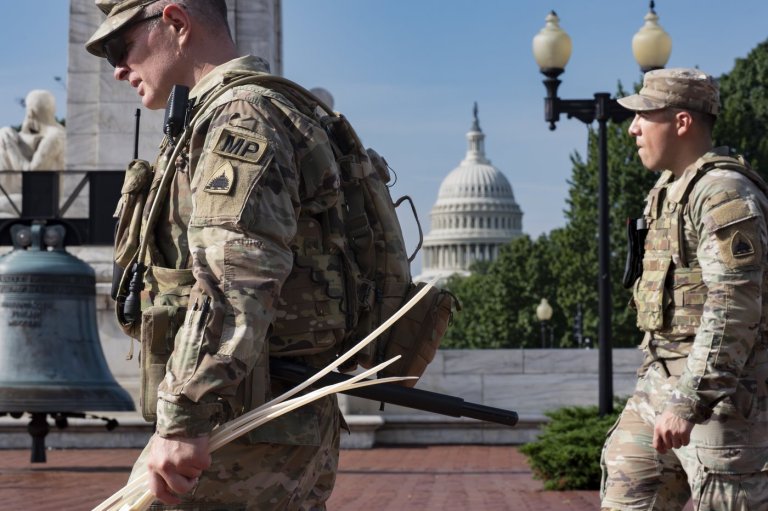Federal agency photographs estimated 35,000 walrus ashore in northwest Alaska
ANCHORAGE, Alaska – An estimated 35,000 Pacific walrus came ashore last week on Alaska’s remote northwest coast, the U.S. Fish and Wildlife Service announced Thursday, a September phenomenon tied to shrinking sea ice brought on by climate warming.
Observers from the National Oceanic and Atmospheric Administration on Sept. 2 flew near Point Lay and photographed the animals, Fish and Wildlife spokeswoman Andrea Medeiros said by email. That was the same day President Barack Obama flew above the Arctic Circle to Kotzebue to showcase how human-influenced climate change is influencing Alaska’s landscape.
The NOAA Fisheries flight, part of an aerial survey of Arctic marine mammals, carried a permit to photograph the animals.
Walrus grouped shoulder to shoulder in massive herds are subject to stampedes if they are startled by an airplane, hunter or polar bear. The airplane carrying the observers made a single pass from 3 miles offshore at an altitude of 2,000 feet to avoid startling the walrus, Medeiros said.
Walrus in large numbers were first spotted on the U.S. side of the Chukchi Sea in 2007. They returned in 2009, and in 2011, scientists estimated 30,000 walruses along 1 kilometre of beach. Last year, an estimated 35,000 walrus also were photographed north of Point Lay.
Walrus dive to feed on clams, sea snails and other food on the ocean bottom but cannot swim indefinitely.
Female walrus with pups ride the edge of the sea ice as it moves north in summer through the Bering Strait and into the Arctic Ocean. They use sea ice as a platform from which to dive for food while pups rest on the ice.
In recent years, sea ice has receded north beyond shallow continental shelf waters and over water that exceeds 2 miles deep, beyond the diving range of an adult walrus.
The carcasses of more than 130 mostly young walruses were counted after a stampede in September 2009 at Alaska’s Icy Cape.
Point Lay is an Inupiat Eskimo village 700 miles northwest of Anchorage and 300 miles southwest of Barrow.
Join the Conversation!
Want to share your thoughts, add context, or connect with others in your community? Create a free account to comment on stories, ask questions, and join meaningful discussions on our new site.


















Leave a Reply
You must be logged in to post a comment.